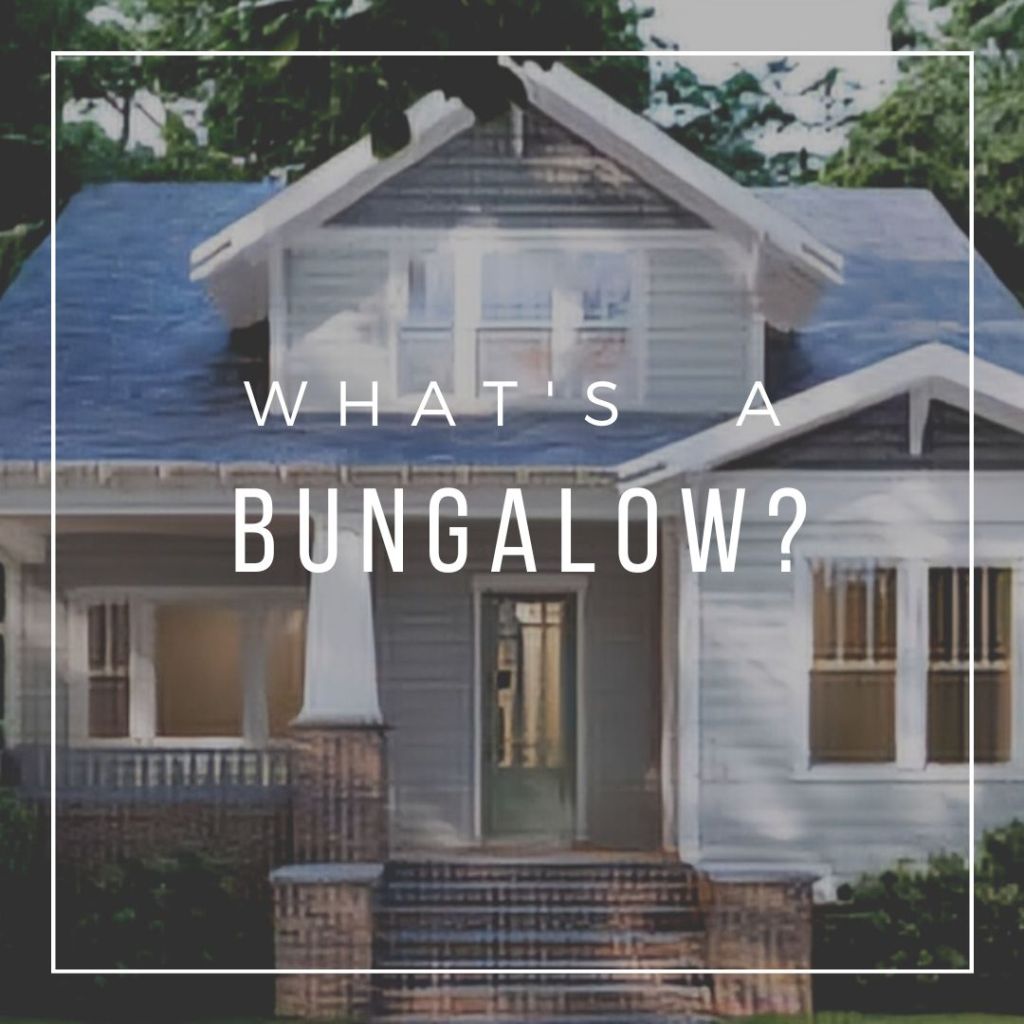Have you ever heard the word “bungalow” and thought of a far-off vacation spot? It’s just a fun word to say.
Bungalow.
Bungalows, despite their exotic-sounding name, are actually a common and affordable style of American residence, making them an excellent choice for first-time homebuyers. Let’s embark on a journey to explore the fascinating world of bungalows and what makes them an ideal choice for those taking their initial steps into homeownership.

What Exactly is a Bungalow?
The term “bungalow” might have a dreamy ring to it, but it’s a down-to-earth style of residence that dates back to the turn of the 20th century. These small, budget-friendly homes provided working-class folks with their first taste of property ownership. Fast forward to today, and bungalows remain an attractive option for first-time homebuyers and those seeking a more modest dwelling.
Unveiling the Bungalow House
Realtors often throw around the term “bungalow” to describe any small or single-level home, but true bungalows are a specific style. Picture a cozy home, one or one-and-a-half stories tall, with an inviting front porch shaded by roof overhangs supported by visible beams and rafters. Architect Peter LaBau, an expert on bungalow design, helps us identify these homes by their hipped roof, wide overhanging eaves, porch, and a simple square footprint.
Inside a bungalow, you’ll often find built-in cabinetry maximizing compact living space, flanked by two or three bedrooms. It’s all about making the most of every nook and cranny.
The History of Bungalow Homes
The roots of bungalows stretch back to South Asia, with their name originating from the Bengal region. These homes were crafted to shield inhabitants from the sun, featuring wide roofs that shaded both the house and a welcoming front porch or verandah.
In the U.S., bungalows began to flourish in the early 1900s, inspired by the designs of India and Asia. Visionary architects like Charles and Henry Greene in California and Gustav Stickley in New York played pivotal roles in popularizing the bungalow style. These homes offered an affordable dream of homeownership for working-class individuals and even served as vacation spots for the upper middle class.
While people sometimes use the terms “Craftsman home” and “bungalow” interchangeably, they aren’t exactly the same. Craftsman is a broader architectural style, while a bungalow refers to a specific type of home construction. The bungalow became the go-to choice for many due to its straightforward design and ability to fit on small plots of land, making it a budget-friendly option.
Diverse Types of Bungalow Homes
The world of bungalows is diverse, with various styles to suit different tastes. Here’s a glimpse of common types detailed in the book American Bungalow Style:
- Craftsman Bungalow: The classic from the early 1900s, featuring low-slung roofs, wide front windows, and charming porches.
- California Bungalow: Tailored for California’s climate, these homes often use materials like wood, shingle-siding, and stucco, drawing inspiration from Japanese architecture.
- Queen Anne: With a Victorian flair, Queen Anne bungalows showcase shingled or clapboard-covered sides, wraparound porches, and a medium-pitched roof.
- Mission Style: Drawing from Spanish architecture, these bungalows feature round arches, art glass, and tile roofs.
- Prairie Style: Developed by Frank Lloyd Wright and others in Chicago, these homes aim for a linear design that blends into the landscape.
Pros and Cons of Bungalows: Is It Your Perfect Match?
Pros
- Cost-Effective: Smaller size often means lower purchase and utility costs.
- Single-Floor Living: Ideal for young families, downsizers, or those with mobility issues, with easy access to main living areas.
- Charm and Efficiency: Older bungalows may boast unique features like built-in cabinets and exposed ceiling beams.
- Expandability: Potential to expand by building up or out, with lofts that can convert into storage or living space.
- Vacation Appeal: Often located in cities or destination towns, bungalows can be charming vacation properties.
Cons
- Age-Related Upkeep: Older bungalows may require additional maintenance.
- Limited Sunlight: Designs may result in darker interiors.
- Space Constraints: Bedrooms and bathrooms might be smaller with less storage space.
- Proximity Challenges: Close layouts could affect entertaining with bedrooms near the living room and kitchen.
- Security Considerations: All windows being accessible may require additional security measures.
There you have it – a journey through the captivating world of bungalows, decoded for first-time homebuyers. Consider the charm, weigh the pros and cons, and decide if a bungalow is the perfect match for your journey to home sweet home.
